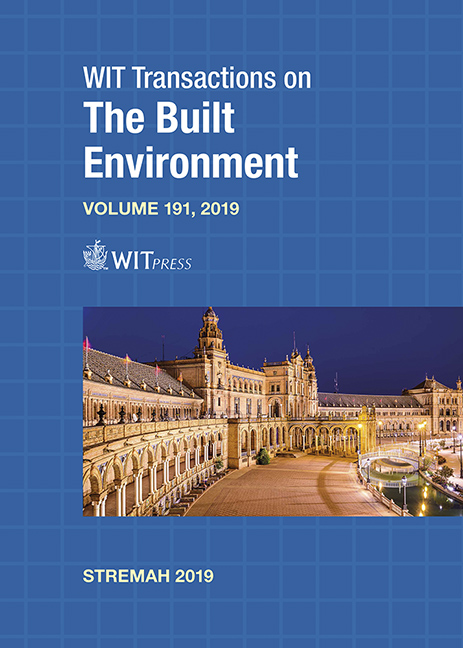TOWARDS A NEW APPROACH OF ARCHITECTURAL HERITAGE INTERVENTION IN PORTUGAL: FERNANDO TÁVORA AND THE REFURBISHMENT OF THE CASA DA IGREJA OF MONDIM DE BASTO (1958–1961)
Price
Free (open access)
Transaction
Volume
191
Pages
12
Page Range
187 - 198
Published
2019
Paper DOI
10.2495/STR190161
Copyright
WIT Press
Author(s)
DAVID ORDÓÑEZ-CASTAÑÓN, TERESA CUNHA-FERREIRA, SANTIAGO SÁNCHEZ-BEITIA
Abstract
The Casa da Igreja of Mondim de Basto (1958–1961) is a pioneering work of architectural renovation in the career of the Portuguese architect Fernando Távora (1923–2005), where he applies the theoretical approaches of conciliation between the values of tradition and the advances of the Modern Movement directly on the historical pre-existence. The design was at a time of extraordinary intellectual density and great architectural production of the author, coinciding with his attendance at the last CIAM and conduction of the “Inquiry into Popular Architecture in Portugal”. Though little investigated previously, Casa da Igreja can be considered a paradigm of the so-called “third way” and an experimental work in search of personal criteria of heritage intervention. The project reveals careful analysis of pre-existence, supporting sensible introduction of contemporary language in respectful continuity with the forms and atmospheres of the past. This design strategy shows the key points of an emerging modus operandi to be developed in later interventions with strong repercussion and pedagogy in the Portuguese context.
Keywords
intervention on architectural heritage, restoration criteria, Modern architecture, Baroque manor house, Third-Way, Fernando Távora, Portugal




